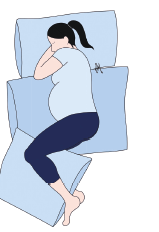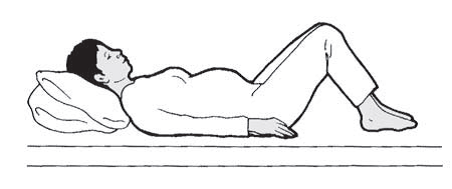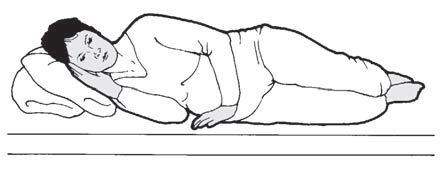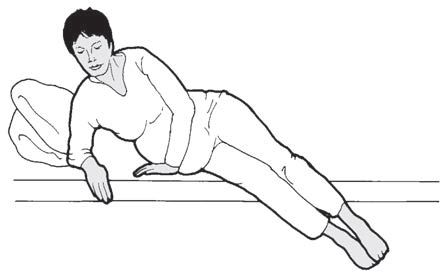Antenatal
How Can I Help Myself
Lifestyle Changes
Rest
Take regular breaks from activities and avoid being in one position for too long.
Walking
Wear supportive footwear, use a rucksack (rather than a handbag on one side), try shortening your stride length and decrease your speed. Many women avoid walking for long distances as their main form of exercise as it can sometimes make their pain worse. Try other activities such as ante-natal yoga, ante-natal pilates, or swimming (avoiding breast stroke if it worsens your pain).
Getting into a Car
Sit first and then bring your legs in to the car. To get out: place both feet outside of the car and use your arms to push you upwards. Try to keep your knees together as you move them in and out of the car (rather than moving one leg at a time).
Sleeping
Avoid lying on your back. It is better to lie on your side (either left or right side). Place a pillow between your legs (one pillow between your knees and ankles) when sleeping on your side. When turning over in bed, keep your knees together, keeping the pillow in place. Try and squeeze in your pelvic floor, squeeze your buttocks together, tuck your bump in (as if trying to make it look smaller) as you move from one side to the other.

When getting out of bed, roll onto your side, drop your feet off the edge of the bed and then use your arms to push you into a sitting position. When getting into bed, sit first, then move sideways until your head is on the pillow, then bring your feet up onto the bed.



Sex
To reduce pain during intercourse we advise trying alternative positions where you do not need your legs too far apart, for example lying on your side on kneeling on all fours.
Avoiding Pain
Where possible, avoid activities that make the pain worse. This may include:
- Positions where your legs are twisted, or pressure is going through your legs unevenly (e.g. standing on one leg, standing with weight going through just one leg, crossing your legs, sitting in a twisted position).
- Sitting or standing for long periods
- Lifting heavy weights (e.g. shopping bags, wet washing, vacuum cleaners and toddlers)
- Vacuuming or pushing heavy objects (e.g. supermarket trolleys, overloaded pushchairs)
- Carrying anything in only one hand, or on one side of the body (e.g. a toddler on one hip).
Pregnancy Belts & Supports
Do Pregnancy Belts Work?
There is some evidence to show that it can reduce pelvic pain and increase comfort. However, they are unlikely to completely eliminate your pain without other lifestyle changes as listed here.
There are a number of different styles and this is down to your comfort – there is no evidence that one type is superior to another. We usually suggest to ask if a friend has one you can try to see if it helps before buying your own.
We do not provide pregnancy belts.
Does Tubigrip Work?
Tubigrip is an elasticated bandage which you can wear around your hips and/or abdomen during pregnancy.
It is thought to work in a similar way to a pregnancy belt. However, some women find these more difficult to take on and off. More information on how to use a Tubigrip can be found here: Putting on an Abdominal Tubigrip – YouTube
We can supply Tubigrips if you have been referred or have self-referred to our service for pelvic pain during pregnancy.